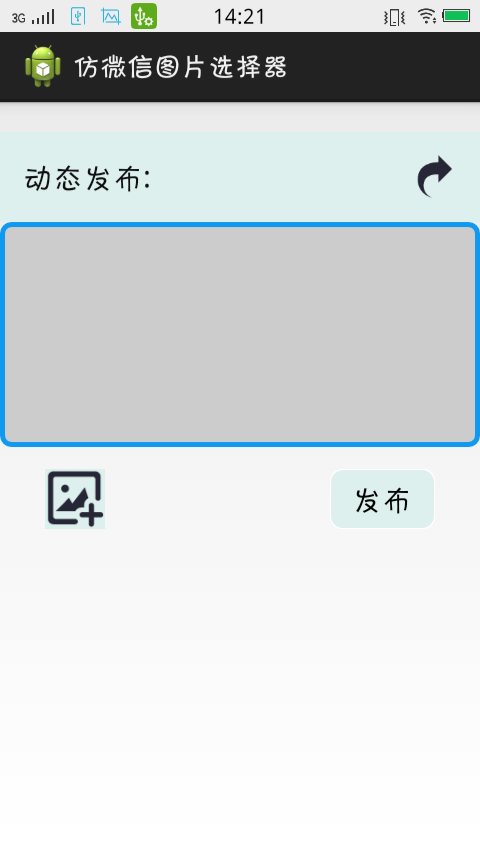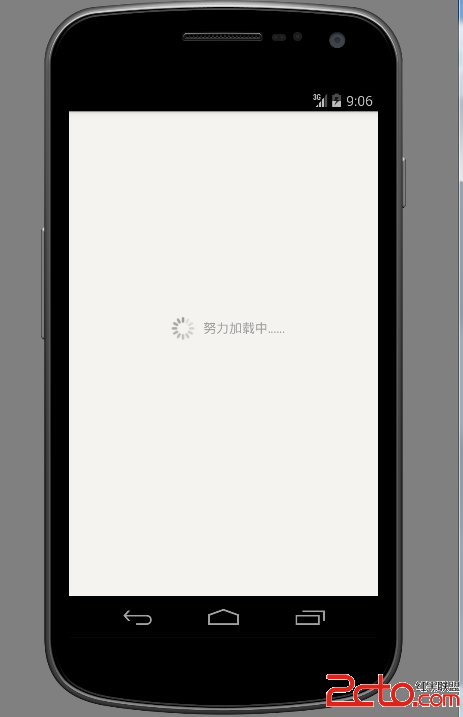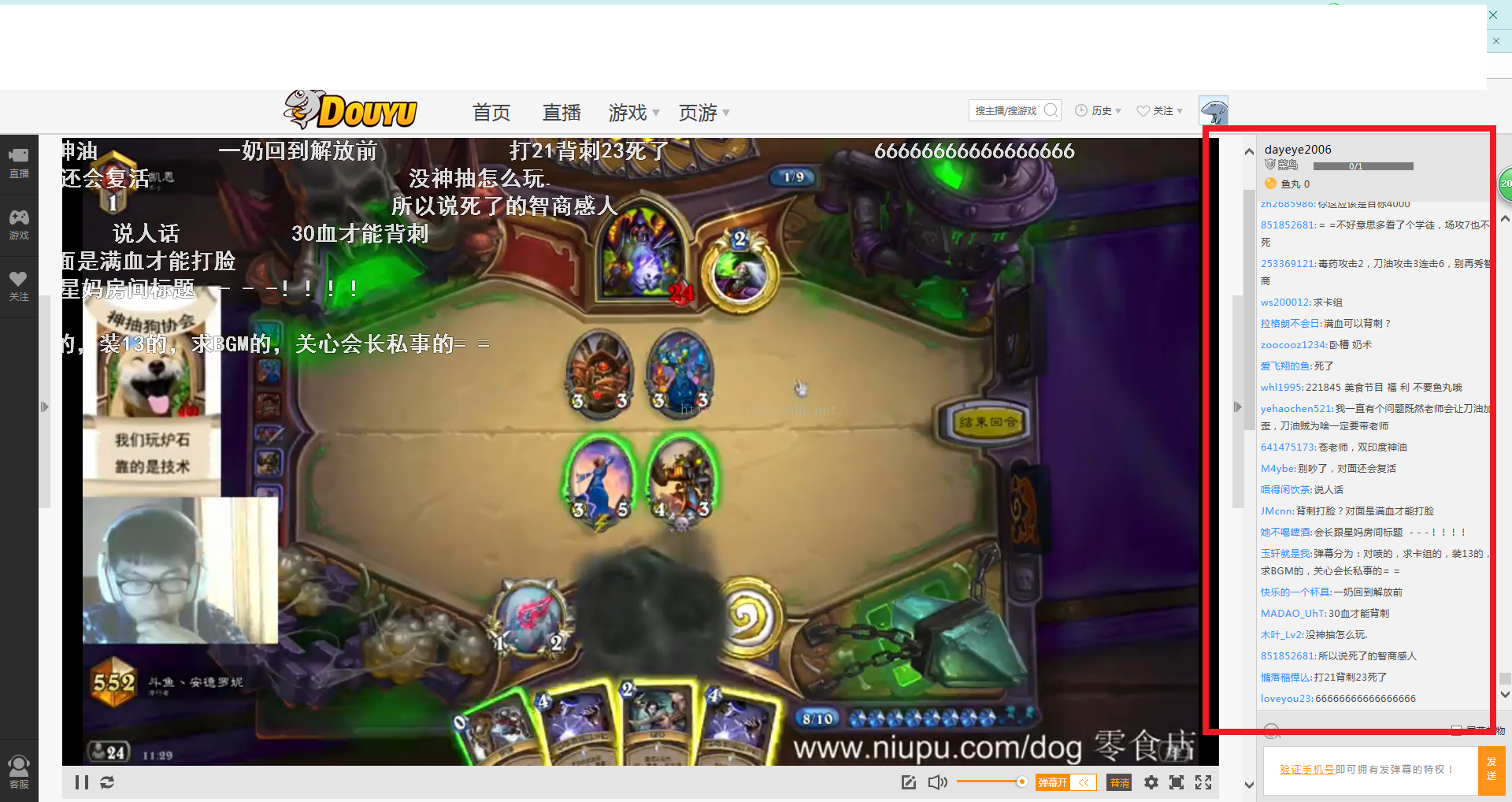編輯:關於Android編程
or fork me on github
An asynchronous callback-based Http client for Android built on top of Apache’s HttpClient libraries. All requests are made outside of your app’s main UI thread, but any callback logic will be executed on the same thread as the callback was created using Android’s Handler message passing.
BinaryHttpResponseHandlerJsonHttpResponseHandlerSend me a message on github to let me know if you are using this library in a released android application!
Download the latest .jar file from github and place it in your Android app’s libs/ folder.
Import the http package.
import com.loopj.android.http.*;
Create a new AsyncHttpClient instance and make a request:
AsyncHttpClient client = new AsyncHttpClient();
client.get("http://www.google.com", new AsyncHttpResponseHandler() {
@Override
public void onSuccess(String response) {
System.out.println(response);
}
});
In this example, we’ll make a http client class with static accessors to make it easy to communicate with Twitter’s API.
import com.loopj.android.http.*;
public class TwitterRestClient {
private static final String BASE_URL = "http://api.twitter.com/1/";
private static AsyncHttpClient client = new AsyncHttpClient();
public static void get(String url, RequestParams params, AsyncHttpResponseHandler responseHandler) {
client.get(getAbsoluteUrl(url), params, responseHandler);
}
public static void post(String url, RequestParams params, AsyncHttpResponseHandler responseHandler) {
client.post(getAbsoluteUrl(url), params, responseHandler);
}
private static String getAbsoluteUrl(String relativeUrl) {
return BASE_URL + relativeUrl;
}
}
This then makes it very easy to work with the Twitter API in your code:
import org.json.*;
import com.loopj.android.http.*;
class TwitterRestClientUsage {
public void getPublicTimeline() throws JSONException {
TwitterRestClient.get("statuses/public_timeline.json", null, new JsonHttpResponseHandler() {
@Override
public void onSuccess(JSONArray timeline) {
// Pull out the first event on the public timeline
JSONObject firstEvent = timeline.get(0);
String tweetText = firstEvent.getString("text");
// Do something with the response
System.out.println(tweetText);
}
});
}
}
Check out the AsyncHttpClient, RequestParams and AsyncHttpResponseHandlerJavadocs for more details.
PersistentCookieStore
This library also includes a PersistentCookieStore which is an implementation of the Apache HttpClient CookieStore interface
that automatically saves cookies to SharedPreferences storage on the Android device.
This is extremely useful if you want to use cookies to manage authentication sessions, since the user will remain logged in even after closing and re-opening your app.
First, create an instance of AsyncHttpClient:
AsyncHttpClient myClient = new AsyncHttpClient();
Now set this client’s cookie store to be a new instance of PersistentCookieStore, constructed with an activity or application
context (usually this will suffice):
PersistentCookieStore myCookieStore = new PersistentCookieStore(this);
myClient.setCookieStore(myCookieStore);
Any cookies received from servers will now be stored in the persistent cookie store.
To add your own cookies to the store, simply construct a new cookie and call addCookie:
BasicClientCookie newCookie = new BasicClientCookie("cookiesare", "awesome");
newCookie.setVersion(1);
newCookie.setDomain("mydomain.com");
newCookie.setPath("/");
myCookieStore.addCookie(newCookie);
See the PersistentCookieStore Javadoc for more information.
RequestParams
The RequestParams class is used to add optional GET or POST parameters to your requests.RequestParams can
be built and constructed in various ways:
Create empty RequestParams and immediately add some parameters:
RequestParams params = new RequestParams();
params.put("key", "value");
params.put("more", "data");
Create RequestParams for a single parameter:
RequestParams params = new RequestParams("single", "value");
Create RequestParams from an existing Map of
key/value strings:
HashMap paramMap = new HashMap();
paramMap.put("key", "value");
RequestParams params = new RequestParams(paramMap);
See the RequestParams Javadoc for more information.
RequestParams
The RequestParams class additionally supports multipart file uploads as follows:
Add an InputStream to the RequestParams to
upload:
InputStream myInputStream = blah;
RequestParams params = new RequestParams();
params.put("secret_passwords", myInputStream, "passwords.txt");
Add a File object to the RequestParams to
upload:
File myFile = new File("/path/to/file.png");
RequestParams params = new RequestParams();
try {
params.put("profile_picture", myFile);
} catch(FileNotFoundException e) {}
Add a byte array to the RequestParams to upload:
byte[] myByteArray = blah;
RequestParams params = new RequestParams();
params.put("soundtrack", new ByteArrayInputStream(myByteArray), "she-wolf.mp3");
See the RequestParams Javadoc for more information.
BinaryHttpResponseHandler
The BinaryHttpResponseHandler class can be used to fetch binary data such as images and other files. For example:
AsyncHttpClient client = new AsyncHttpClient();
String[] allowedContentTypes = new String[] { "image/png", "image/jpeg" };
client.get("http://example.com/file.png", new BinaryHttpResponseHandler(allowedContentTypes) {
@Override
public void onSuccess(byte[] fileData) {
// Do something with the file
}
});
See the BinaryHttpResponseHandler Javadoc for more information.
Some requests may need username/password credentials when dealing with API services that use HTTP Basic Access Authentication requests. You can use the method setBasicAuth()to
provide your credentials.
Set username/password for any host and realm for a particular request. By default the Authentication Scope is for any host, port and realm.
AsyncHttpClient client = new AsyncHttpClient();
client.setBasicAuth("username","password/token");
client.get("http://example.com");
You can also provide a more specific Authentication Scope (recommended)
AsyncHttpClient client = new AsyncHttpClient();
client.setBasicAuth("username","password", new AuthScope("example.com", 80, AuthScope.ANY_REALM));
client.get("http://example.com");
See the RequestParams Javadoc for more information.
To build a .jar file from source, first make a clone of the android-async-http github repository. You’ll then need to
copy the local.properties.dist file to local.properties and
edit the sdk.dir setting to point to where you have the android sdk installed. You can then run:
ant package
This will generate a file named android-async-http-version.jar.
Please report any bugs or feature requests on the github issues page for this project here:
https://github.com/loopj/android-async-http/issues
RequestParamsSimpleMultipartEntity codeThe Android Asynchronous Http Client is released under the Android-friendly Apache License, Version 2.0. Read the full license here:
http://www.apache.org/licenses/LICENSE-2.0
James Smith, British entrepreneur and developer based in San Francisco.
I'm the co-founder of Bugsnag with Simon Maynard, and from 2009 to 2012 I led up the product team as CTO of Heyzap.
 仿微信圖片選擇器
仿微信圖片選擇器
仿微信圖片選擇器源碼下載連接:先上圖,後上代碼:打開app後點擊添加圖片按鈕:獲取選擇的圖片 並返回在gridview中:private ImageButton imag
 Android下拉刷新庫,利用viewdraghelper實現,集成了下拉刷新,底部加載更多,數據初始加載顯示loading等功能
Android下拉刷新庫,利用viewdraghelper實現,集成了下拉刷新,底部加載更多,數據初始加載顯示loading等功能
Android下拉刷新庫,利用viewdraghelper實現。集成了下拉刷新,底部加載更多,以及剛進入加載數據的loadview。包括了listview與g
 Android 實現仿網絡直播彈幕功能詳解及實例
Android 實現仿網絡直播彈幕功能詳解及實例
Android 網絡直播彈幕
 微信網頁版怎麼看我的收藏
微信網頁版怎麼看我的收藏
微信網頁版是可以看我的收藏的,而且操作方法也很簡單,相信有很多使用微信的朋友都沒有使用過這個功能吧,那麼微信網頁版怎麼看收藏?下文將會演示微信網頁版我的收藏